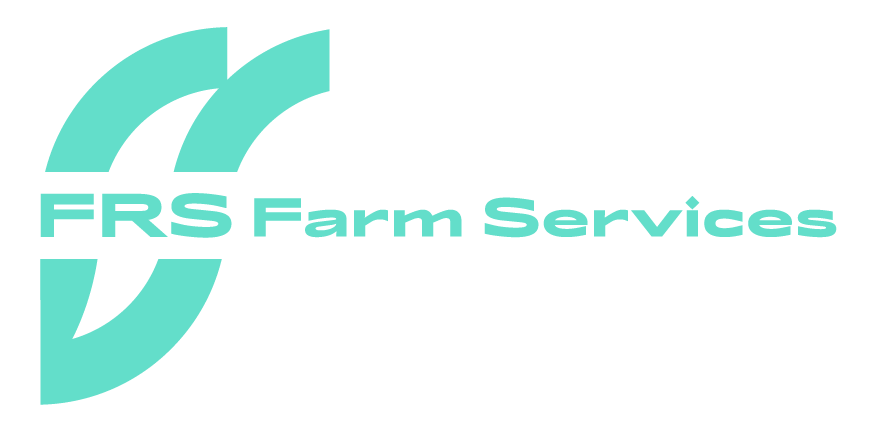Last week we discussed preparing for the busy calving season ahead and ensuring farmers had all the essential equipment needed. Now, we look ahead to the next step of making sure that you maintain a healthy herd of calves.
For long term profitability, good calf health is essential. From newborn to weaning, there are important measures that farmers must take to ensure the health and wellbeing of Spring calves. These include adequate housing, good animal health and effective management practices.
Calf Housing
Providing the correct type of housing is critical. Calves need clean dry bedding and a pen with no draughts. Dry beds are crucial to good animal health. To test if the straw is suitable, kneel down and if your knees are wet or damp once you stand, the pen is too wet. Additional straw needs to be applied or a better seepage situation needs to be found.
Ventilation is also key. The ‘stack effect’ is the most common method of ventilation. This is where there is an inlet of air lower down and an outlet of air higher up. The heat from the livestock rises and exits through the outlet while the inlet will allow for a fresh air flow. It is important to consider drafts and block any that might cause a chill.
Farmers must consider hygiene within housing. Avoid over housing and keep calves with other animals in the same age group. After the first 6 weeks of being born, calves are at their most vulnerable. Pens should be cleaned out and disinfected between batches of calves.
Calf Health
Prevention of disease in calves should be a priority. Calves should be observed at and just before feeding times for signs of illness. Signs may include sunken eyes, nasal discharge, reluctant to feed, appearing weak, or bright yellow or watery faeces. If calves show signs of illness they should be treated immediately. Remove them from the herd and put in a designated sick area. The calf should only be allowed back once fully recovered.
Scour/diarrhoea is one of the most common illness in calves, often occurring within the first two weeks. The most common causes of scour are rotavirus and cryptosporidia. Calves can pick up this infection from the dung of other livestock. For treatment, remove the calf from the herd and allow full access to milk supply. Provide extra fluids i.e electrolytes, to replace the fluids lost by the calf. Give the calf at least one electrolyte feed during the day (in 2 litres of water) and depending on the severity of the scour, a second feed can be given later in the day.
If a calf presents with rare or persistent illnesses, contact your vet immediately. Farmers may also need to consult their vet to carry out or adjust their animal vaccination programme.
Calf Management
Farmers may feel extra pressure at this time of year. Good management can help to get a handle on this. Try to plan ahead and practice good animal husbandry. Also, share the workload where possible. Don’t be afraid to ask for help.
Farmers also need to take care of themselves. Eat healthy, get a good quality of sleep and take time to do something you enjoy. This might be as simple as a cup of tea and reading the paper or calling a friend for a chat.
If you require help this Spring, contact your local FRS office. FRS have a range of skilled operators available. Visit www.frsfarmrelief.ie for more information.
FRS are currently running a recruitment drive with available positions posted daily and can be applied for online at www.frsfarmreliefservices.ie/register-your-interest/.
